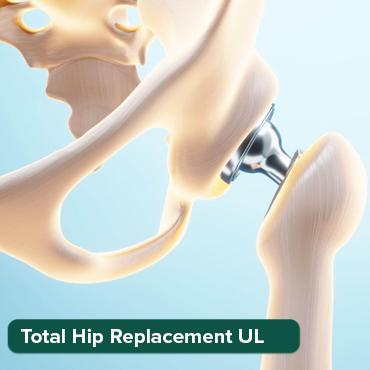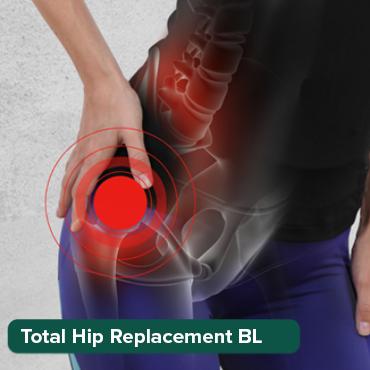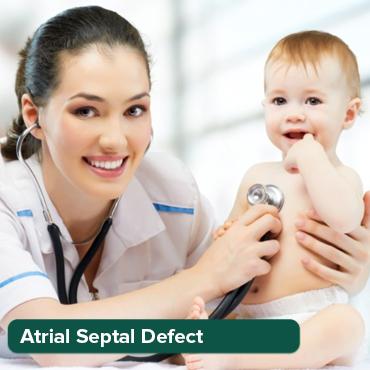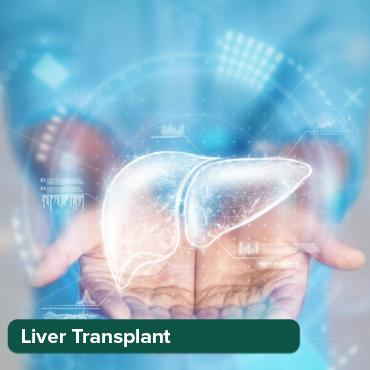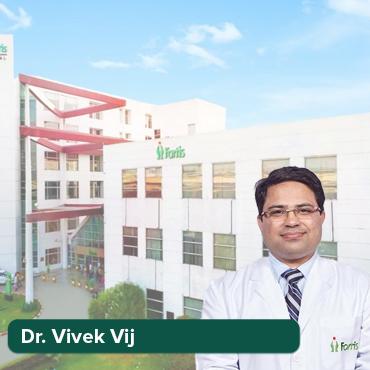
أورام سرطان الرئة: الأعراض والتشخيص والعلاج
26 Oct, 2023
 فريق هيلث تريب
فريق هيلث تريبفي هذه المدونة، نكشف عن الخصائص والأعراض والتعقيدات التشخيصية الفريدة لهذه الكيانات النادرة، ونسلط الضوء على تأثيرها وطرق التدخل.
الإجراءات الأكثر شعبية في الهند
أورام الرئة السرطانية
تمثل أورام سرطان الرئة مجموعة فرعية متميزة من أورام الغدد الصم العصبية التي تنشأ في الرئتين. وتتميز هذه الأورام بندرة حدوثها نسبياً مقارنة بأورام الرئة الخبيثة الأخرى. على عكس سرطانات الرئة الأكثر شيوعًا ، مثل سرطان الغدية أو سرطان الخلايا الحرشفية ، تنشأ أورام السرطانات من خلايا الغدد الصم العصبية ، وهي مسؤولة عن إنتاج الهرمونات. هذا الأصل الفريد يؤثر على السلوك السريري لأورام سرطان الرئة.
العلاجات الصحية
امنح نفسك الوقت للاسترخاء
أقل الأسعار مضمونة!

أقل الأسعار مضمونة!
تصنف الأورام السرطانية إلى نوعين رئيسيين: نموذجية وغير نمطية. عادةً ما تكون السرطانات النموذجية بطيئة النمو ولها تشخيص أكثر إيجابية، في حين تظهر السرطانات غير النمطية سلوكًا أكثر عدوانية. على الرغم من ندرتها، فإن الأورام السرطانية الرئوية جديرة بالملاحظة لقدرتها على التسبب في مجموعة من الأعراض والمضاعفات التنفسية. يعد فهم خصائصهم المميزة أمرًا بالغ الأهمية للتشخيص الدقيق واستراتيجيات العلاج المصممة خصيصًا.
أنواع الأورام السرطانية في الرئة
أ. أورام السرطانات النموذجية
الأورام السرطانية النموذجية هي نوع فرعي من سرطانات الرئة التي تتميز بطبيعتها البطيئة نسبيًا. تميل هذه الأورام إلى النمو ببطء وتعتبر من الأورام الخبيثة منخفضة الدرجة. من الناحية النسيجية، تظهر السرطانات النموذجية خلايا موحدة ومحددة جيدًا مع الحد الأدنى من النشاط الانقسامي. في حين أنها يمكن أن تسبب أعراض ومضاعفات ، فإن تشخيصها بشكل عام أكثر موات.
ب. الأورام السرطانية غير النمطية
غير نمطية جالأورام الأرسينويدية هي نوع فرعي أكثر عدوانية ضمن طيف سرطانات الرئة. يعرضون زيادة النشاط الانقسامي وعدم النمط الخلوي مقارنة بالسرطان النموذجي. على الرغم من درجتها العالية، لا تزال السرطانات غير النمطية تعتبر أورامًا خبيثة متوسطة الدرجة. قد تظهر هذه الأورام معدل نمو أسرع واحتمالية أكبر للانتشار إلى ورم خبيث، مما يجعلها محورًا لاستراتيجيات العلاج الأكثر كثافة. يعد التمييز الدقيق بين السرطانات النموذجية وغير النمطية أمرًا بالغ الأهمية لتوجيه قرارات العلاج والتنبؤ بالتشخيص.
أعراض وعلامات الأورام السرطانية في الرئة
1. يسعل:
- السعال الجاف المستمر والمحتمل أن يتفاقم.
- قد تصبح نوبات السعال مزمنة وتتفاقم بسبب تهيج مجرى الهواء.
2. الصفير:
- أصوات عالية النبرة أو صفير أثناء التنفس.
- قد ينجم الصفير عن انقباض مجرى الهواء بسبب وجود الورم.
3. ضيق في التنفس:
- - بداية تدريجية لضيق التنفس، خاصة أثناء النشاط البدني.
- ضيق التنفس التدريجي مع نمو الورم ويؤثر على وظيفة الرئة.
4, ألم صدر:
- ألم خفيف أو حاد في منطقة الصدر.
- قد يكون الألم موضعيًا بجانب الورم أو جدار الصدر.
- تتفاقم بسبب التنفس العميق أو السعال.
5. نفث الدم (السعال الدم):
- السعال الذي ينتج عنه بلغم مختلط بالدم أو دموي.
- يشير إلى احتمال تورط الأوعية الدموية في الورم.
6. التهابات الرئة المتكررة:
- التهابات الجهاز التنفسي المتكررة مثل الالتهاب الرئوي أو التهاب الشعب الهوائية.
- قد تحدث العدوى بسبب ضعف وظائف الرئة وضعف إزالة المخاط.
أسباب أورام سرطان الرئة
أ. عوامل وراثية
- الاستعداد الموروث:
- قد يكون لدى بعض الأفراد استعداد وراثي لتطوير أورام سرطانية في الرئة.
- ارتبطت المتلازمات العائلية، مثل أورام الغدد الصماء المتعددة من النوع 1 (MEN1)، بزيادة خطر الإصابة بالسرطان..
- الطفرات الجينية:
- قد تساهم الطفرات في جينات معينة في تطور الأورام السرطانية.
- إن فهم الأساس الجيني يمكن أن يوفر نظرة ثاقبة لكل من السببية والعلاجات المستهدفة المحتملة.
ب. العوامل البيئية
- التدخين:
- في حين أن أورام سرطان الرئة أقل ارتباطًا بالتدخين مقارنة بأنواع سرطان الرئة الأخرى، إلا أنه قد يكون هناك خطر متزايد بين المدخنين.
- ويبدو أن الارتباط يكون أكثر وضوحًا مع السرطانات غير النمطية.
- التعرض للمواد المسرطنة:
- التعرض المهني للمواد المسرطنة، مثل الأسبستوس أو الرادون، قد يساهم في تطور أورام سرطان الرئة.
- يعد تحديد المحفزات البيئية المحددة مجالًا للبحث المستمر.
جي. الارتباط مع أمراض الرئة الأخرى
- التهاب مزمن:
- قد تترافق الحالات التي تؤدي إلى التهاب مزمن في الرئتين، مثل مرض الانسداد الرئوي المزمن (COPD)، مع زيادة المخاطر.
- يمكن أن يخلق الالتهاب المستمر بيئة دقيقة تساعد على تطور الورم.
- التندب والتليف:
- أمراض الرئة التي تسبب التندب أو التليف قد تخلق بيئة مواتية لتطور الورم السرطاني.
- ويؤكد الارتباط بأمراض الرئة مدى تعقيد التفاعل بين صحة الرئة وتكوين الورم.
تشخيص أورام سرطان الرئة
اختبارات التصوير
1. الأشعة السينية الصدر:
تعمل الأشعة السينية على الصدر كأداة فحص أولية، حيث تلتقط صورًا للرئتين، وتحدد التشوهات المحتملة مثل الكتل أو العقيدات. على الرغم من أنها مفيدة للتقييم الأولي ، فقد تفتقر إلى معلومات مفصلة حول طبيعة الورم.
2. الأشعة المقطعية (التصوير المقطعي المحوسب):
من خلال تقديم رؤى أكثر تفصيلاً، تستخدم الأشعة المقطعية الأشعة السينية ومعالجة الكمبيوتر لإنشاء صور مقطعية. يوفر ذلك صورة أوضح لموقع الورم وحجمه وعلاقته بالهياكل المحيطة، مما يساعد في تحديد مرحلة الورم وتخطيط العلاج.
ب. تنظير القصبات:
يعد تنظير القصبات، الذي يوفر رؤية مباشرة للممرات الهوائية، أداة تشخيصية مهمة. يسمح بتحديد تشوهات في الشجرة القصبية ، وجمع عينات الخزعة للفحص النسيجي ، وعند الضرورة ، إجراءات إضافية مثل الموجات فوق الصوتية الداخلية (EBUS) لتقييم أكثر دقة.
1. خزعة:
حجر الأساس لتأكيد الورم الخبيث وتحديد نوع الورم المحدد. تسمح الخزعة بالإبرة، التي تتضمن إدخال إبرة رفيعة عبر جدار الصدر، أو الخزعة الجراحية، التي يتم الحصول عليها أثناء الجراحة، بجمع عينات الأنسجة. يوفر الفحص النسيجي لهذه العينات معلومات أساسية حول خصائص الورم.
2. تحاليل الدم:
تقييم علامات محددة مرتبطة بالأورام السرطانية. يتم قياس مستويات الكروموغرانين A والسيروتونين، مع نتائج مرتفعة تشير إلى وجود ورم سرطاني. على الرغم من أن هذه الاختبارات لا تقتصر على سرطانات الرئة، إلا أنها تساهم في اللغز التشخيصي.
علاج أورام الرئة السرطانية
أ. الخيارات الجراحية
- استئصال الفص: الإزالة الجراحية للفص المصاب للرئة هي علاج أولي لأورام سرطان الرئة الموضعية ، خاصة عندما تكون أصغر في الحجم وتقتصر على منطقة معينة. أثناء استئصال الفص ، يزيل الجراح الفص بأكمله الذي يحتوي على الورم ، بهدف القضاء على الخلايا السرطانية مع الحفاظ على أكبر قدر ممكن من وظائف الرئة. غالبًا ما يتم أخذ هذا الإجراء في الاعتبار بالنسبة للأورام التي لم تنتشر على نطاق واسع خارج فص واحد.
- استئصال الرئة: في الحالات التي يكون فيها ورم السرطانات أكبر أو يتضمن جزءًا كبيرًا من الرئة ، قد يوصى باستئصال الرئة. تستلزم هذه الجراحة الأكثر شمولاً الإزالة الكاملة لرئة واحدة بأكملها. في حين أن استئصال الرئة هو إجراء أكثر عدوانية ، فقد يكون من الضروري للأورام الموجودة في المناطق التي لا يكفي استئصالها أو عندما يكون الورم بالقرب من الهياكل الحرجة ، مثل الأوعية الدموية الرئيسية.
ب. طرائق العلاج الأخرى
- علاج إشعاعي: يستخدم العلاج الإشعاعي أشعة الطاقة العالية المستهدفة لتدمير الخلايا السرطانية أو إعاقة قدرتها على النمو وتقسيمها. يمكن استخدام هذا العلاج بعد العمل الجراحي للقضاء على أي خلايا سرطان متبقية أو كعلاج أولي للمرضى الذين ليسوا مرشحين جراحيين. يمكن أن تكون فعالة بشكل خاص في السيطرة على الأمراض المحلية ومنع تكرارها.
- العلاج الكيميائي: يتضمن العلاج الكيميائي استخدام أدوية قوية لقتل أو منع نمو الخلايا السرطانية في جميع أنحاء الجسم. في حين أن الأورام السرطانية في الرئة تكون بشكل عام أقل استجابة للعلاج الكيميائي مقارنة بسرطانات الرئة الأخرى، إلا أنه يمكن استخدامها في حالات الأورام الأكثر عدوانية أو المتقدمة. يعتمد اختيار عوامل العلاج الكيميائي على الخصائص المحددة للورم والصحة العامة للمريض.
- نظائر السوماتوستاتين: في الحالات التي تكون فيها المتلازمة السرطاوية مثيرة للقلق، يمكن استخدام نظائر السوماتوستاتين مثل أوكتريوتيد أو لانريوتيد.. تساعد هذه الأدوية في السيطرة على الأعراض المرتبطة بإطلاق الهرمونات بواسطة الورم. من خلال محاكاة عمل السوماتوستاتين ، وهو هرمون طبيعي يمنع إطلاق هرمونات أخرى ، يمكن أن تخفف هذه النظائر من الأعراض مثل التدفق والإسهال والأصفر المرتبط بأورام السرطانية.
عوامل الخطر لأورام سرطان الرئة
- زيادة الإصابة لدى كبار السن، مع زيادة خطر الإصابة به لدى السكان في منتصف العمر وكبار السن.
- رغم أن التدخين أقل ارتباطًا بسرطانات الرئة مقارنةً بسرطانات الرئة الأخرى، إلا أنه لا يزال يشكل خطرًا متزايدًا.
- قد يشير وجود الأورام السرطانية لدى الأقارب إلى الاستعداد الوراثي.
- قد تزيد الحالات الموروثة مثل أورام الغدد الصماء المتعددة من النوع 1 (MEN1) من خطر الإصابة بأورام سرطانية الرئة.
مضاعفات الأورام السرطانية في الرئة
- قد يكون للأورام السرطانية، وخاصة الأورام غير النمطية، القدرة على الانتشار إلى أعضاء أخرى، مما يؤثر على التشخيص العام.
- غير شائع، ولكن في بعض الحالات، يمكن للأورام السرطانية في الرئة إنتاج هرمونات تؤدي إلى أعراض مثل الاحمرار والإسهال وتضيق القصبات الهوائية.
- على الرغم من نجاح العلاج الأولي، هناك خطر تكرار الورم، مما يؤكد الحاجة إلى مراقبة يقظة بعد العلاج.
الوقاية من أورام الرئة السرطانية
- يمكن أن يؤدي الإقلاع عن التدخين إلى تقليل خطر الإصابة بأورام سرطان الرئة، بالإضافة إلى أنواع أخرى من سرطان الرئة.
- التقليل من التعرض للمواد المسرطنة المحتملة، مثل تجنب المخاطر المهنية أو الملوثات البيئية.
- تساهم الفحوصات والفحوصات الصحية الروتينية، خاصة للأفراد الذين لديهم عوامل خطر معروفة، في الكشف المبكر وتحسين نتائج العلاج.
ومع اختتام هذا الاستكشاف، نأمل في تعزيز فهم أعمق لأورام سرطان الرئة. من خلال الوعي والاعتراف والمعرفة ، نمكّن الأفراد من التنقل في هذه المنطقة الأقل رسمًا من صحة الجهاز التنفسي مع المرونة والوضوح.
المدونات ذات الصلة

Complete Cost Breakdown of Cancer Treatment with Healthtrip
Learn about doctors, hospitals, procedures, and recovery for cancer treatment

How to Prepare for Your Cancer Treatment in India
Learn about doctors, hospitals, procedures, and recovery for cancer treatment
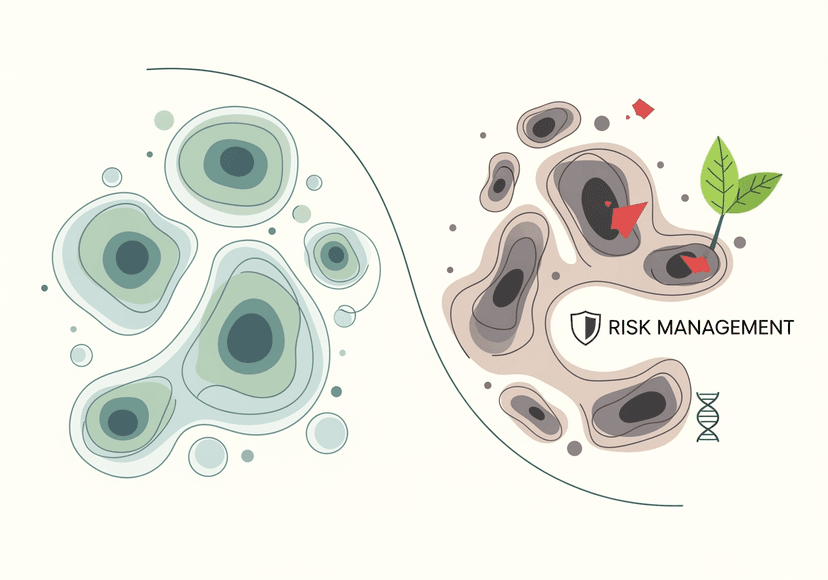
Side Effects and Risk Management of Cancer Treatment
Learn about doctors, hospitals, procedures, and recovery for cancer treatment

Follow-Up Care for Cancer Treatment Patients with Healthtrip Assistance
Learn about doctors, hospitals, procedures, and recovery for cancer treatment
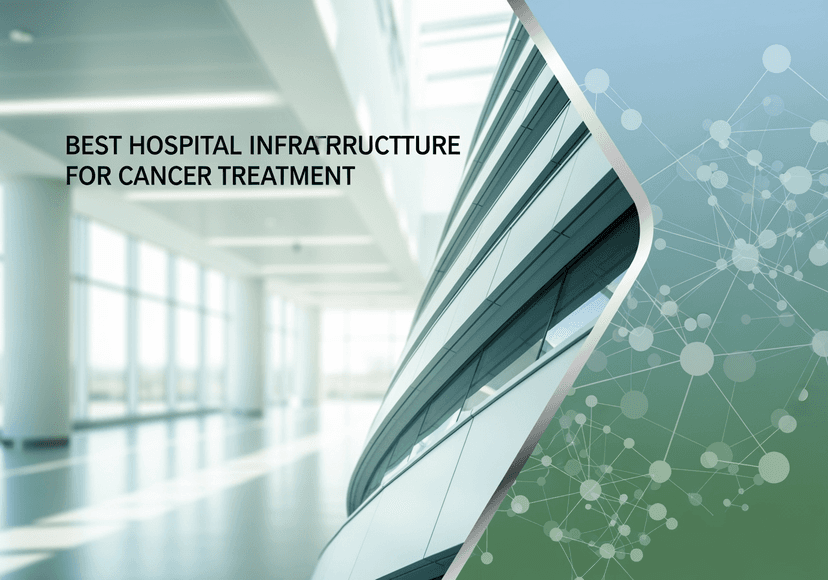
Best Hospital Infrastructure for Cancer Treatment
Learn about doctors, hospitals, procedures, and recovery for cancer treatment

What to Expect During a Cancer Treatment Consultation
Learn about doctors, hospitals, procedures, and recovery for cancer treatment
